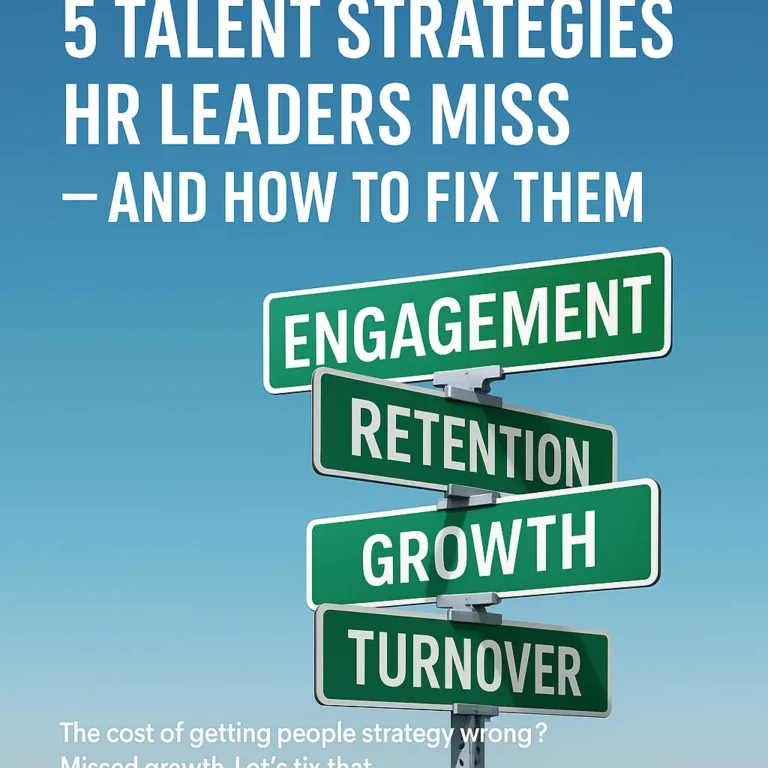Oftentimes as leaders, we’re forced to change our bearings and decide on a different direction for our organization. While we know that this change is in the best interest of our organization, we forget that our employees might find the change to be disorienting and anxiety-inducing.
While you must do what’s best for the business, you also must balance that with the needs of your employees. After all, their ability to embrace change is what will keep your business moving forward.
Change can mean a lot of different things: Maybe you’re a startup that’s rapidly growing, so change is a near constant. It could mean that you’re reengineering your organization to drive more efficiency. Maybe you’re winding your business down or preparing for sale. All of these things bring with them a different type of change management because the impact on your people will be different.
What I like to challenge leaders with is to think about the effect that this change will have on their work teams.
Throughout my experience as a human resources strategist, I’ve determined four general categories that team members often fall into when responding to change.
Discover what those four categories are and learn how to avoid the common pitfalls of leading change in this article I recently wrote for Forbes.


